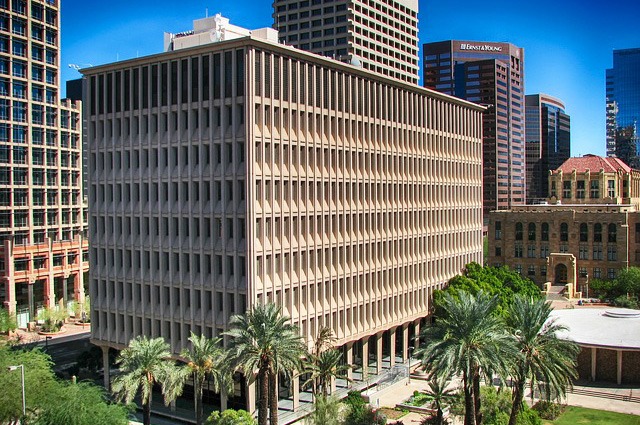Is Phoenix The Relief Valve To California’s Affordability Crisis (That Seattle Once Was)?
In 1989 my wife and I were married and started our lives together in the San Francisco Bay Area. We both worked full time, commuting about one hour per day, each way, and in opposite directions. We were saving for a home as fast as we could, but we could see the cost of ownership, and the required down payment, was outpacing our ability to save. Stressed by these conditions, we researched alternate locations to build our careers and start our family.
We chose Seattle because the quality of life offered there was far better than San Francisco. Now that our kids are grown, we have the opportunity to consider living elsewhere, and we’ve chosen the Phoenix area for a variety of reasons. Being from California, sunshine was reason #1, but I did enough research to see that Phoenix has economic similarities that we experienced in Seattle 30 years ago. We’re no longer apartment renters, but as apartment investors, I obviously watch this housing sector very closely. Here are a few observations:
- Since 2010 (I couldn’t find sufficient comparative data back to our decision in 1995) the national population has grown 5.77%, Los Angeles grew less (3.52%) and San Francisco grew slightly more (8.88%). Over the same period, Seattle grew at 14.21% and Phoenix at 15.54%, nearly three times the national rate.
- Currently, rent as a Percentage of mean (average) income is unbearably high in San Francisco (61.4%) and Los Angeles (52.3%) while still quite affordable in Phoenix (25.8%). Even though Seattle is much higher at 38.6%, the PNW remains a bargain to California.
- In the past year, Seattle has added the most apartment units to its inventory (5%), while Phoenix added only 2.7%, and San Francisco only 1.8%.
- Multifamily occupancy rates are healthy in Phoenix (95.3%), just slightly tighter in Seattle (95.8%) and San Francisco (95.9%) and favoring the landlord in LA (96.4%).
- Most interestingly, the year-to-date change in the issuance of permits to build new multifamily units is down -28% and -18% in San Francisco and Los Angeles, respectively, while up 5% in Phoenix, and up 2% in Seattle. The pressure is increasing in California, leveling off in Seattle, but still very manageable in Phoenix.

In 1995, I observed that Seattle was attracting skilled workers, particularly in the tech industries. It was building offices for these workers, and more apartments than homes, and while there weren’t many new homes being built, existing homes were affordable for a young family. Now, in 2019, I see the Phoenix MSA adding more tech jobs than ever before. It’s building more offices, including many tech oriented co-working options. Apartments and single-family homes are much more affordable than California, and even Seattle, and the growing population has plenty of room to commit a higher percentage of income to housing costs.
It seems that, while California continues to squeeze residents out like we experienced in 1995, the Seattle market is becoming strained by high barriers to entry (including oppressive regulatory burdens and scarcity of land), as well as rental rates that are increasing faster than income. In contrast, Phoenix answers demand for affordability and offers a pipeline of supply that California and Seattle simply can’t match. And while the past boom-bust cycles of Phoenix are just cause for concern, recent employment activity along with strong absorption of new product bode very well for Phoenix. And I’ll offer two anecdotal observations… 1) traffic is so bad in Seattle that major employers like Starbucks and Microsoft now operate their own private bussing networks, and 2) both of our kids recently relocated to Phoenix specifically in response to Seattle’s escalating cost of living (though I’d like to think proximity to mom and dad had some positive influence as well). Physically, it couldn’t be more different than Seattle. But economically, Phoenix looks a lot like Seattle did to me 30 years ago.
